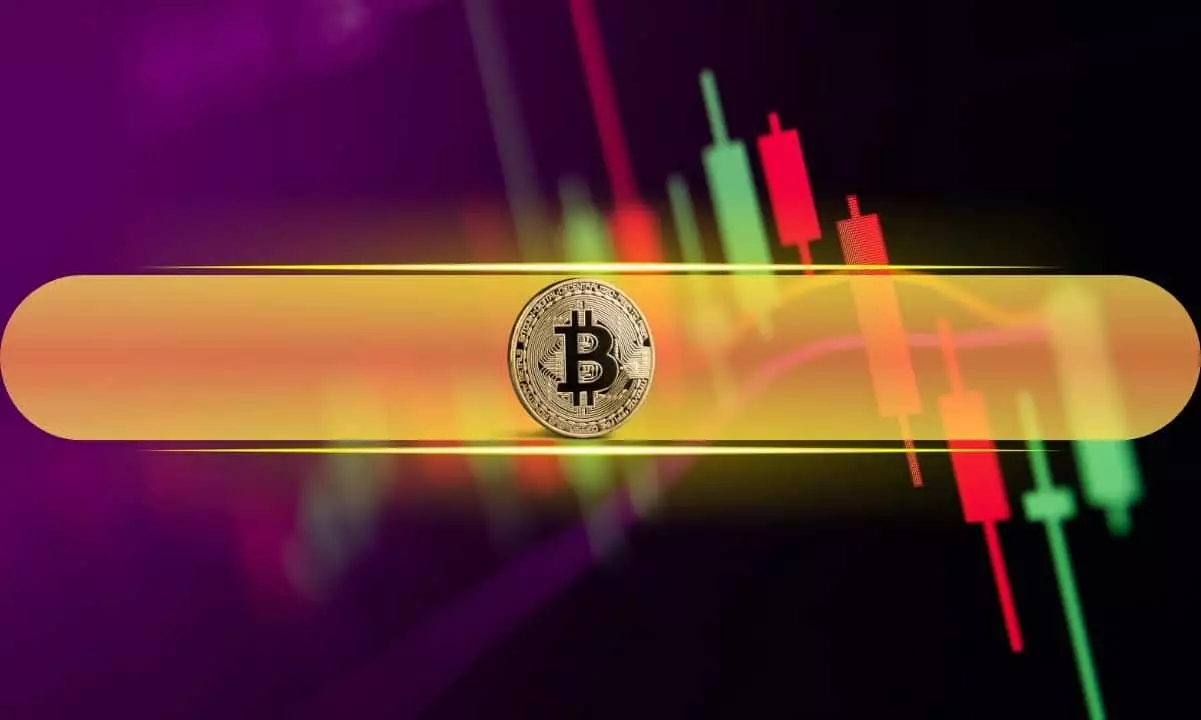In recent days, the cryptocurrency landscape has experienced a notable resurgence, with Bitcoin soaring close to the critical $110,000 mark and altcoins rallying across the board. While some investors might celebrate this rise as a sign of renewed investor confidence, a deeper analysis suggests that such enthusiasm may be premature. The upward momentum, driven by a mixture of regulatory optimism and speculative trading, masks underlying vulnerabilities within the market. Historically, rapid spikes often lead to sharp corrections, and without fundamental shifts—such as substantial institutional adoption or clear regulatory frameworks—the current surge could prove fleeting.
The halo around Bitcoin remains pervasive, especially as its price hovers just below its all-time high from late May. Yet, it is vital to critically assess whether this rally is sustainable or simply a psychological rebound. While the recent passing of a legislative bill that favors tax incentives and depreciation rules for Bitcoin miners injects positive sentiment, it does not guarantee long-term stability. Instead, these legislative moves may offer short-term boosts that are more reflective of market momentum than genuine institutional confidence.
Furthermore, the rising dominance of cryptocurrency ETFs, exemplified by BlackRock’s impressive fee earnings, signifies growing retail appetite. However, such financial products are primarily designed to meet investor demand rather than to foster technological or infrastructural development. The focus on investment vehicles over core adoption indicates that the current wave is somewhat superficial—driven by speculation rather than earnest utility or innovation.
Is the Altcoin Fever Truly Justified?
The altcoin market’s exuberance reveals itself in widespread gains across popular tokens, from ETH to meme coins like Bonk and Fartcoin. Notably, tokens such as SUI and Celestia have posted double-digit increases, emphasizing an appetite for risk and diversification among traders. Yet, the enthusiasm for meme coins, which are often characterized by volatility and lacking substantive use cases, should raise eyebrows. These tokens thrive on hype rather than utility, and their exponential gains could easily reverse if speculative traders retreat or if regulatory scrutiny tightens.
This divergence between top-tier cryptocurrencies and stablecoins is also telling. While some tokens grow exuberantly, stablecoins remain surprisingly muted, suggesting that traders may be reluctant to shift into fiat-pegged assets amid uncertain macroeconomic conditions. The lack of activity in stablecoins also hints at an underlying risk aversion among more cautious investors, who are perhaps waiting for signs of a true market baseline before committing capital.
It is critical to recognize that meme coins and small-cap tokens are often fertile ground for pump-and-dump schemes, and their massive surges can lull investors into a false sense of security. Such gains are less about market maturity and more about speculative excesses that pose risks of abrupt corrections.
The Broader Macro View: Regulatory and Institutional Influence
On the political front, recent legislative developments have been portrayed as a sign of progress. The passage of a bill that favors tax relaxations on retail traders and incentivizes miners appears promising. Still, these measures are cautious steps rather than revolutionary changes that address the systemic issues facing crypto—namely, clarity in regulation, institutional adoption, and technological resilience.
The influence of large institutional players, exemplified by BlackRock’s ETF activity, illustrates a growing acknowledgment of cryptocurrency’s financial potential. However, this acceptance is often a double-edged sword. While such moves legitimize the market, they also increase the risk of regulatory crackdowns, which could undermine the very gains they initially helped produce.
It would be shortsighted to interpret the current rally as an open invitation for a long-term bullish trend. Instead, it’s akin to a test run—fundamentally driven by speculative emotions, short-term regulatory developments, and a desire for quick profits. The underlying market dynamics remain fragile, with a history of sharp corrections following seemingly robust rallies.
In sum, while the recent market activity might look promising on the surface, a cautious and skeptic outlook urges investors to scrutinize whether this momentum is backed by sustainable growth or merely another fleeting spectacle fueled by hype, policy hopes, and speculative fervor.
















Leave a Reply